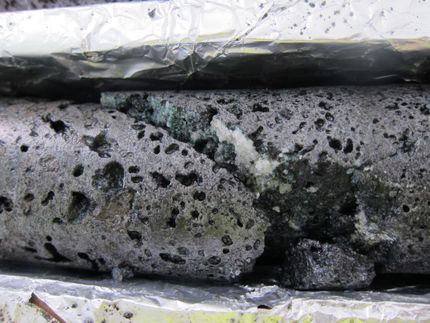US underestimates costs of carbon pollution and climate change
Model used by government all but ignores economic damages that climate change will inflict on future generations
Advertisement
The U.S. federal government is significantly underestimating the costs of carbon pollution because it is using a faulty analytical model, according to a new study published in the Journal of Environmental Studies and Sciences. A more appropriate accounting of costs would pave the way to cleaner, more economically efficient sources of power generation, the study found.
"This is a wake-up call for America to start aggressively investing in low carbon sources of energy. The very real economic benefits will accrue quickly and increase over time," said Dr. Laurie Johnson, chief economist in the climate and clean air program at the Natural Resources Defense Council.
"With approximately 40 percent of all carbon emissions in the U.S. coming from power plants, the economic advantages of clean electricity sources are significant," she said.
Johnson, who co-authored the study (with Chris Hope of Judge Business School, University of Cambridge) "The Social Cost of Carbon in U.S. Regulatory Impact Analyses," said the model used by the government is incomplete because it all but ignores the economic damages that climate change will inflict on future generations. That model was the product of an interagency task force comprised of six cabinet agencies and six executive branch offices.
The real benefits of carbon reduction range from 2.6 to more than 12 times higher than the government's estimate.
"It turns out that the price we now pay for energy is much higher than what shows up on our electric bills or the tab at the gas pump," Johnson said.
Without properly accounting for pollution costs, natural gas appears to be the cheapest generation option for new power plants. However, the revised estimates show that, after incorporating the economic costs of carbon and other pollutants from fossil fuel generation, building new generation using wind and solar power would be more cost effective than either natural gas or coal.
Supplementary analysis by one of the authors shows even greater gains from replacing existing coal plants with new wind and solar photovoltaic, or with new fossil fuel generation that has carbon capture and storage technology.
The country's existing coal fleet accounts for approximately 36 percent of all U.S. CO2 emissions and is responsible for virtually all power-sector sulfur dioxide emissions, which cause thousands of premature deaths every year, respiratory problems, heart disease, and a number of ecosystem damages.































































